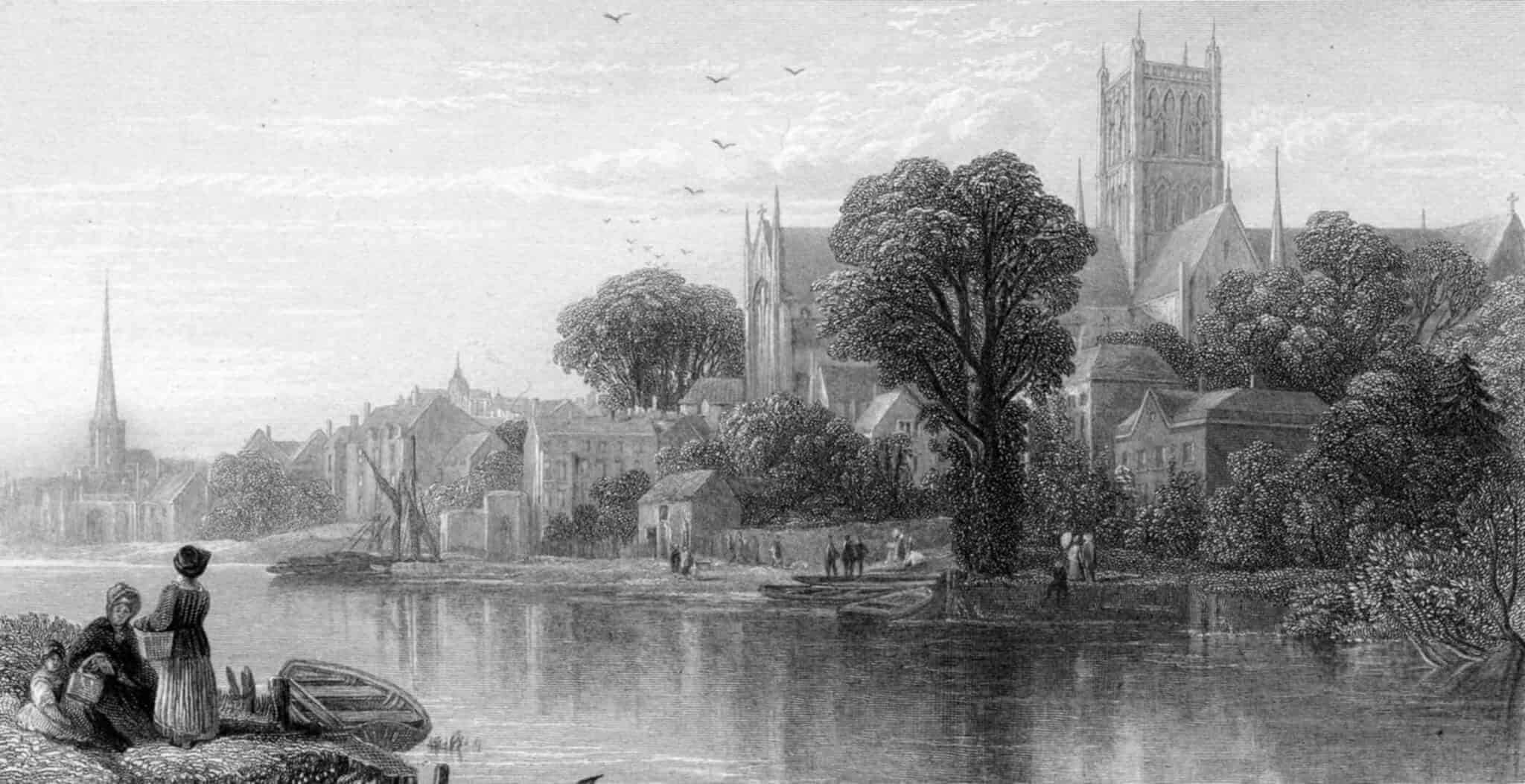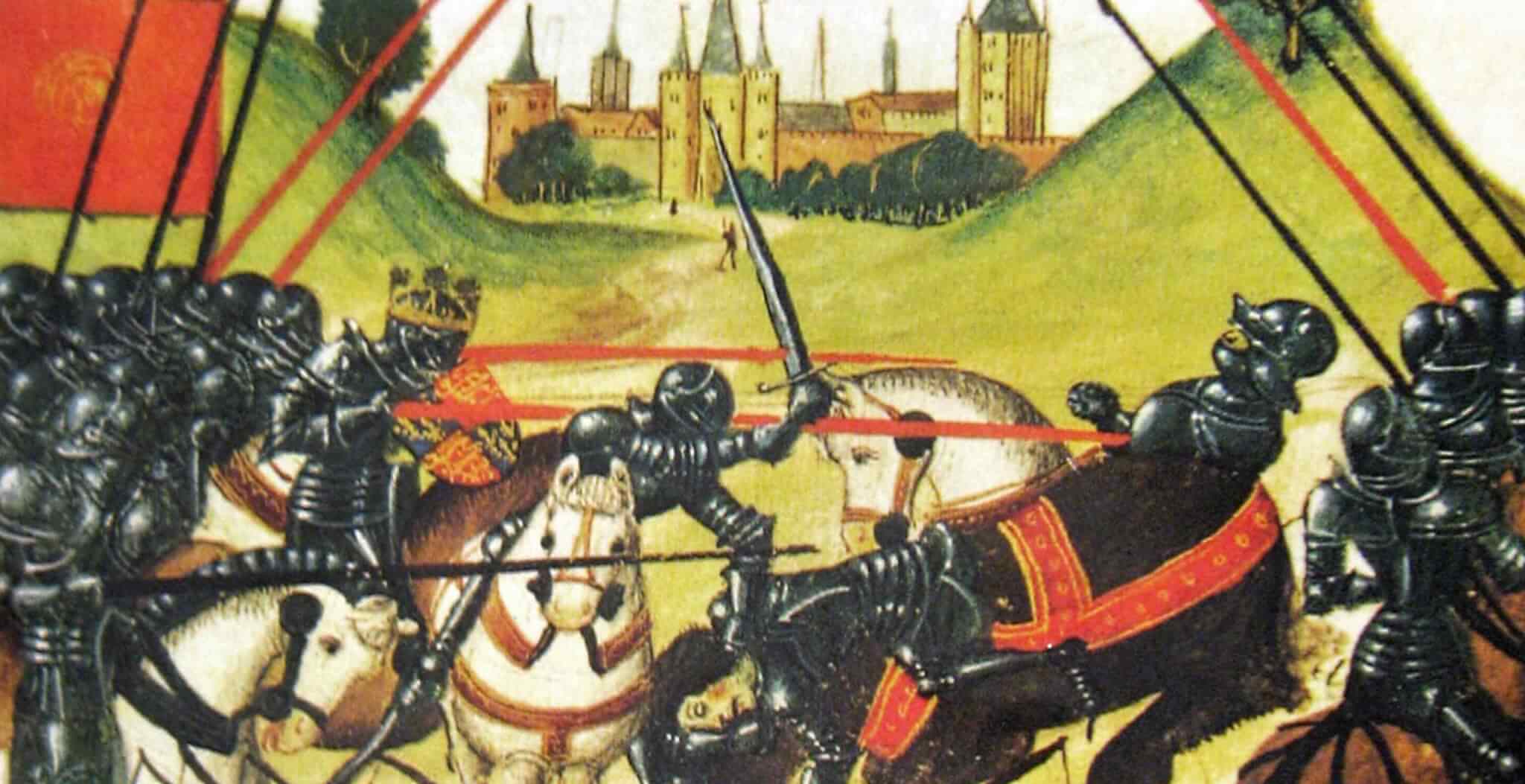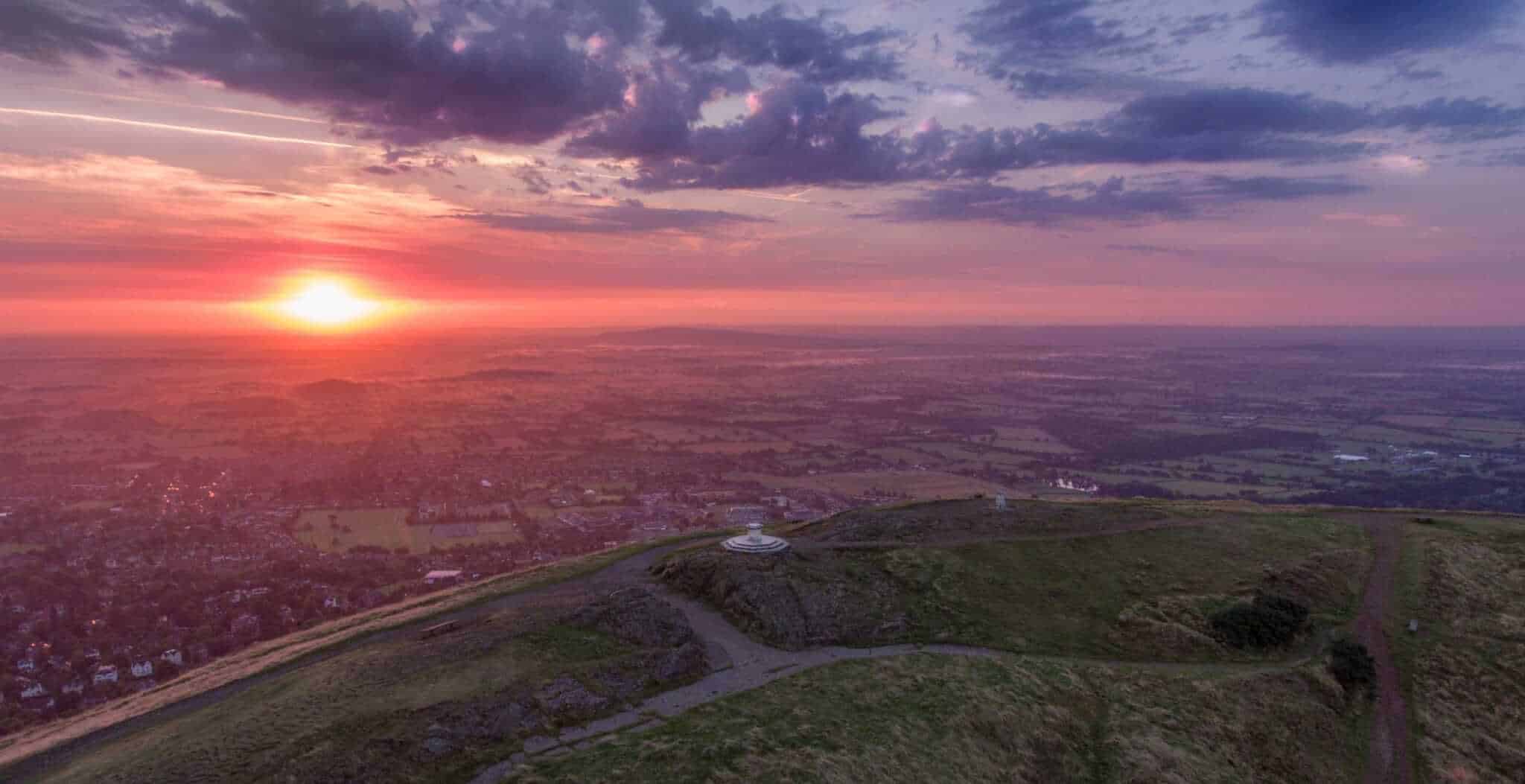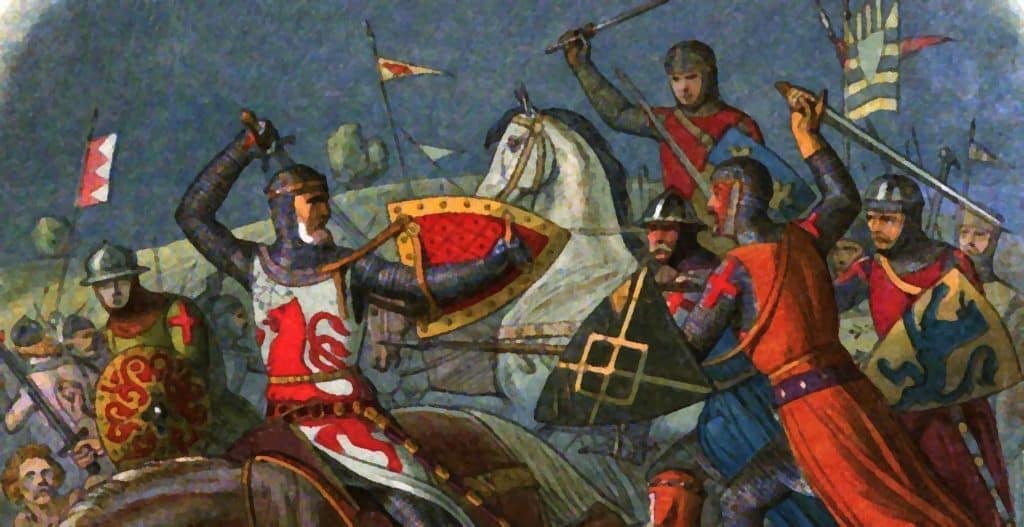Facts about Worcestershire
![]() Population: 566,000
Population: 566,000
![]() Famous for: Worcester Cathedral, Malvern Hills
Famous for: Worcester Cathedral, Malvern Hills
![]() Distance from London:2 – 3 hours
Distance from London:2 – 3 hours
![]() Local delicacies: Worcestershire Sauce
Local delicacies: Worcestershire Sauce
![]() Airports: None (near to Gloucestershire Airport though)
Airports: None (near to Gloucestershire Airport though)
![]() County town: Worcester
County town: Worcester
![]() Nearby Counties: Herefordshire, Shropshire, West Midlands, Warwickshire, Gloucestershire
Nearby Counties: Herefordshire, Shropshire, West Midlands, Warwickshire, Gloucestershire
Centred around the historic county town of Worcester, this rural county is famous for its myriad of battlefield sites as well as the beautiful Malvern Hills to the west.
Worcestershire is also home to one of the oldest buildings in England, Odda’s Anglo-Saxon Chapel near Tewkesbury. Quite shockingly, this ancient building was used as both a farmhouse and a run-down dwelling before its historic value was realised in the late 19th century. It is now under the protection of English Heritage.
On the border of Herefordshire lies the Mavern Hills and British Camp, a huge Iron Age hillfort built in the 2nd century BC. Situated over a thousand metres above sea level and boasting some fabulous earthwork remains, this is one of the most impressive Iron Age hillforts in the country.
There are also three major battlefield sites in the county of Worcestershire. The first and earliest of these is the Battle of Evesham, fought on the morning of the 4th August 1265 between the forces of a number of rebel barons led by Simon de Montfort, Earl of Leicester and the army of King Henry III.
To the south of the county lies the Battle of Tewkesbury, one of the most decisive encounters in the Wars of the Roses.
Finally, the Battle of Worcester to the south of the city centre saw the final action of the English Civil War in 1651.





